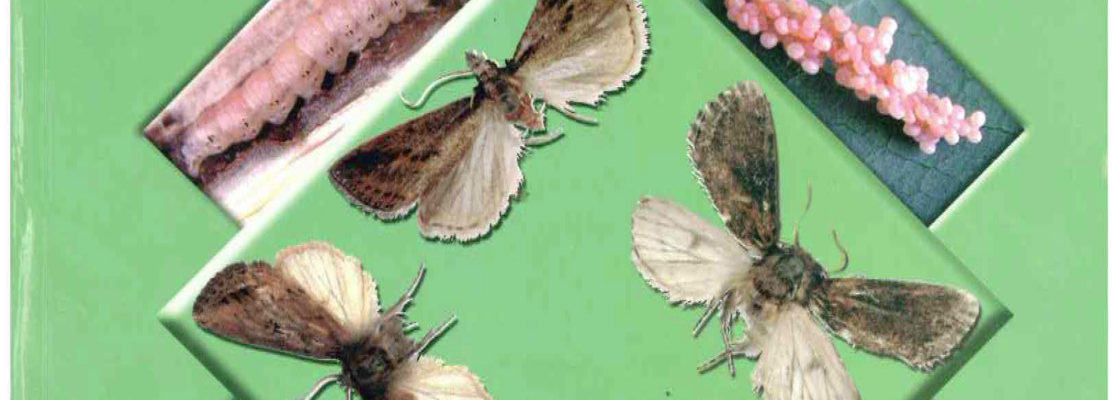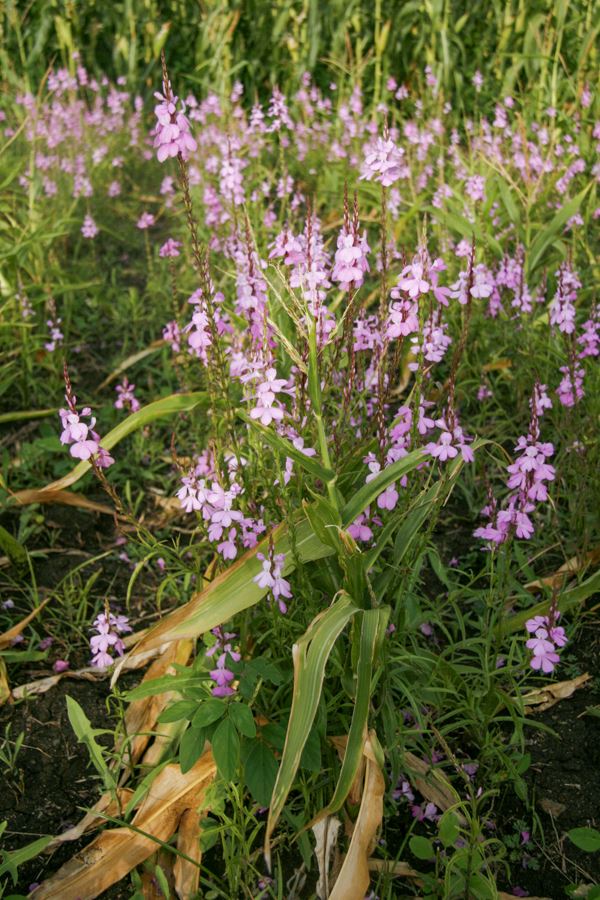The goal of the project was to document the diversity of wild grasses (Gramineae) and associated insects in different agroecosystems and their adjacent natural habitats, and to exploit the relationships between certain grasses and insects to integrate self-regulatory and sustainable pest management strategies into traditional farming methods. The primary objective was to identify and implement conservation and management measures that would prevent the loss of biodiversity of wild grasses and their associated insects, and to conserve these rich genetic resources in and around agroecosystems in Ethiopia, Kenya and Mali. A rich community and diverse taxonomic array of stemborers and their associated insects- parasitoids and hyperparasitoids-were reared during the project. The great diversity of stemborers and associated insects present on grasses presented two serious challenges: (1) successfully rearing stemborers from small grass stems and (2) identifying the stemborers and their associated parasitoids, at least to the genus level, depending on availability of species descriptions, keys and taxonomic experts. Experience showed that the small stems of wild grasses were not suitable for rearing field-collected larvae in the laboratory. Grass stems shrivelled easily, killing the young larvae inside. After considera”!>le experimentation, a standard method for handling and rearing borer larvae was developed and has been made available with the publication of the handbook “How _to Handle Grass Stemborer Larvae”, available in a revised edition in French as “Comment mener a terme Ult elevage de foreurs? “. These methods contributed to the successful rearing of stemborers and their parasitoids. The present work aims to provide an identification tool to enable field workers and researchers to identify stemborers and their associated parasitoids reared from grasses.
Authors: Alberto T. Barrion, Robert S. Copeland and Zeyaur R. Khan
Contact address: http://www.icipe.org/
Institution: International Centre of Insect Physiology and Ecology
Twitter name of the institution: @icipe
Twitter link: https://x.com/icipe
Available downloads:
Manual for the identification of grass, stemborers and associated parasitoids in Kenya


